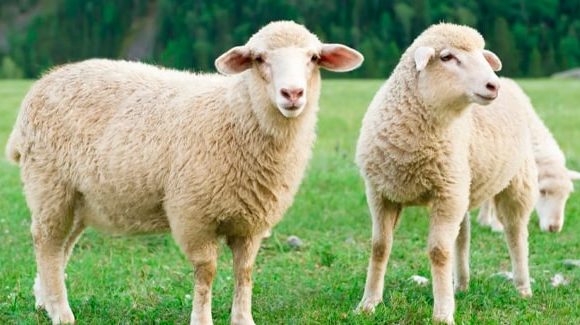Census of agriculture data were used to estimate manure nutrient production and the capacity of cropland and pastureland to assimilate nutrients. Most farms (78 percent for nitrogen and 69 percent for phosphorus) have adequate land on which it is physically feasible to apply the manure produced onfarm at agronomic rates. (The costs of applying manure at these rates have not been assessed). Even so, manure that is produced on operations that cannot fully apply it to their own land at agronomic rates accounts for 60 percent of the Nations manure nitrogen and 70 percent of the manure phosphorus. In these cases, most counties with farms that produce excess nutrients have adequate crop acres not associated with animal operations, but within the county, on which it is feasible to spread the manure at agronomic rates. However, barriers to moving manure to other farms need to be studied. About 20 percent of the Nations onfarm excess manure nitrogen is produced in counties that have insufficient cropland for its application at agronomic rates (23 percent for phosphorus). For areas without adequate land, alternatives to local land application, such as energy production, will need to be developed.
Publications
Confined Animal Production and Manure Nutrients
Publication Name
ERS Agricultural Information Bulletin
Downloadable Documents
Links
Author
Noel Gollehon, Margriet Caswell, Marc Ribaudo
Publisher
Washington, DC: USDA Economic Research Service
Page Numbers
iv, 35
Publication Date
June 01, 2001
Publication Type
Reports and Guides
et al. Author(s)
Robert Kellogg, Charles Lander, and David Letson
State
National
Keywords
Environmental Issues




